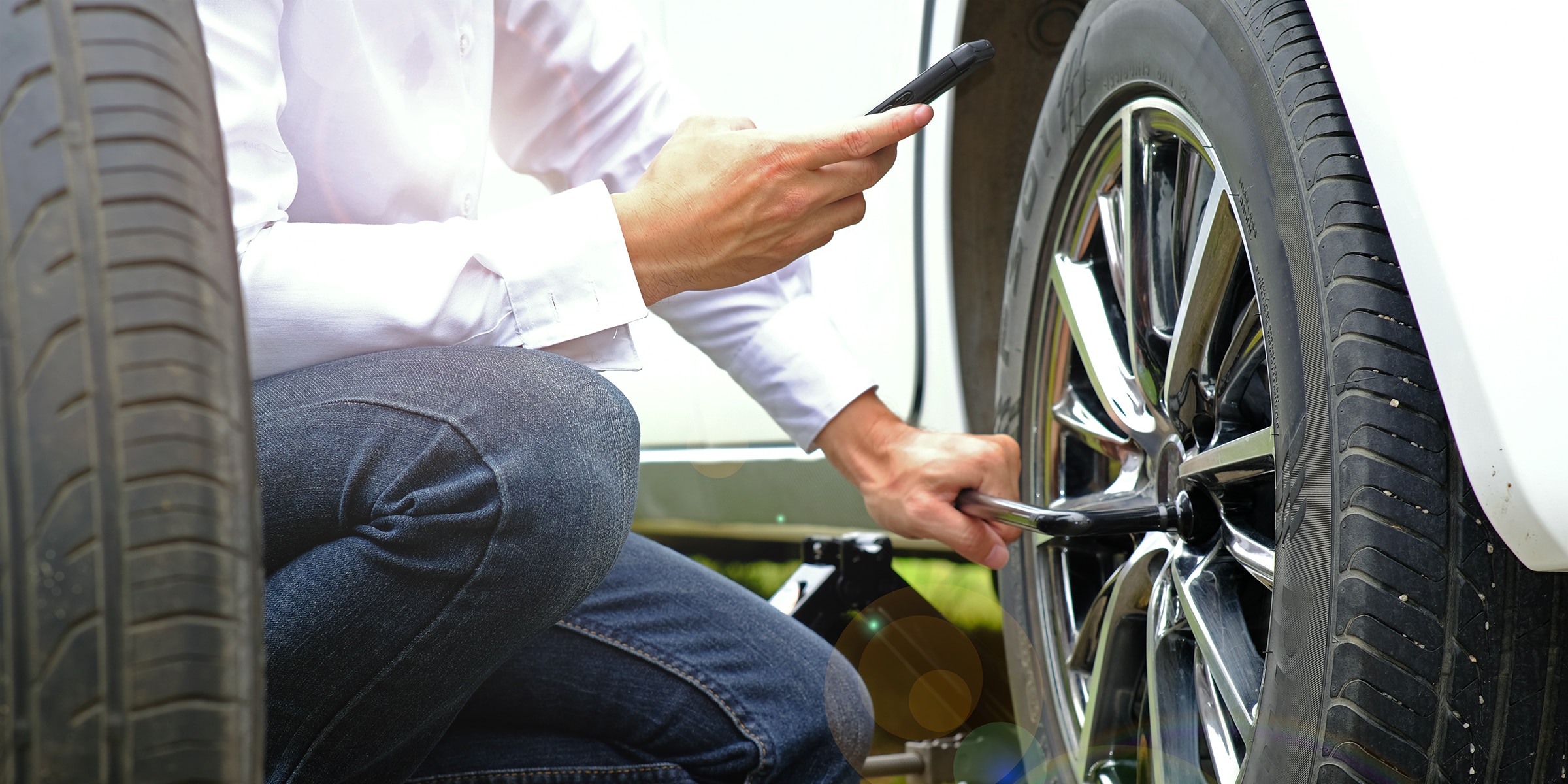-
Tires
In order to preserve the integrity of the installed studs: the rolling direction of studded tires should never be changed.
To achieve the best possible wintertime performance and longest lifetime from a set of studded tires, they should be rotated periodically to equally share the vehicle's...
-
Tires
Like the motorsports tires they have evolved from, all Track & Competition DOT performance category tires feature constructions and compounds that have been tuned to maximize traction and performance within a range of warm-to-hot ambient temperatures. Therefore, unlike less highly tuned...
-
Tires
Studs for tires used in winter driving feature a tungsten carbide pin encased in a cylindrical metal housing that looks like a carpenter nail with its shaft cut short. Typically 80 to 100 studs per tire are inserted into small holes molded in the tire's tread design.
The tire's tread is often...
-
Tires
Which vehicle parts go to the salvage yard 85% of the time without ever being used? If you haven't guessed by now, it's the spare tire, wheel, jack and tools. That's right, 85% of the time they will reach the end of the vehicle's life without ever having been used.
However, since the spare...
-
Tires
To stay safe behind the wheel this winter season, consumers should remember the following W.I.N.T.E.R. tips from Tire Rack:
Winter Tires Are Worth It: The best way to improve winter / snow tire traction and increase safety is with a set of dedicated winter / snow tires. Starting at a few...
-
Tires
Before products can be sold in many countries, their manufacturers are required to test and certify they meet government standards. While many countries establish their own unique standards, others simply choose to adopt established standards to simplify global complexity.
In the case of...
-
Tires
During a trip to Pirelli's facilities in Europe, several members of the Tire Rack team had the opportunity to visit their tire plant in Brueberg, Germany. Opened in 1963, this tire manufacturing facility is unique because it now features multiple generations of tire manufacturing equipment...
-
Tires
Tire and wheel manufacturers initially formed regional associations to establish interchangeability standards for tires, rims and allied parts for the guidance of manufacturers, as well as to establish standards for the designers of motor vehicles, aircraft and other wheeled vehicles. These...
-
Tires
Country of Origin
Although regularly updated, the country of origin for any tire may vary from the country shown here. Unfortunately, we cannot accommodate requests for tires with a specific country of origin.
-
Tires
Overall Diameter
A tire's overall diameter is the outer diameter of the tire measured in the center of the tread. This measurement is made without any load placed upon the tire and after the tire has been properly mounted on its industry assigned measuring rim and has been inflated and reset...
-
Tires
Tread Width Measuring
Tread width is typically thought of as a measurement between the outboard and inboard edges of a new tire's tread design. Ideally it approximates the width of the tread that comes into contact with the road. Unfortunately measuring tire tread width isn't as simple as...
-
Installation |
Tires |
Wheels
Measuring Rim WidthThe measuring rim width is the industry standardized rim width upon which the tire must be mounted in order to confirm it meets its dimensional targets. Because the width of the rim will influence the width of the tire, a standard rim width for every tire size is assigned and...


